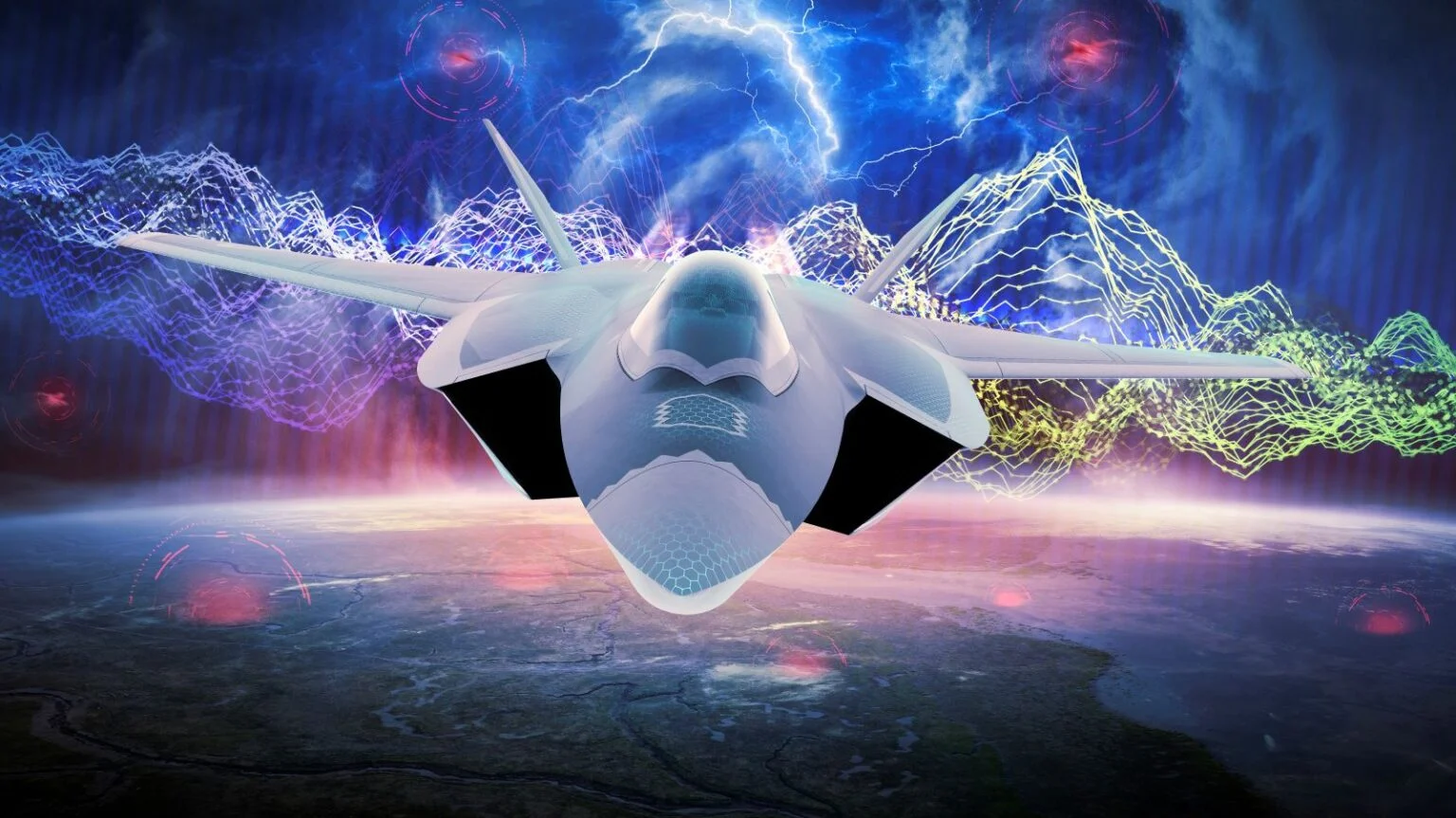Se trató de una simulación en la que ninguna persona resultó dañada, pero que expuso riesgos en el uso de la IA. Al cierre de su exposición, Tucker Hamilton, recalcó que ninguna persona resultó realmente dañada porque se trataba justamente de una simulación. Sin embargo, eso no evitó la fuerte advertencia en contra de confiar demasiado en la inteligencia artificial. “La discusión sobre ética e IA tiene que expandirse”, opinó. A pesar de ser un ejemplo hipotético, esto ilustra los desafíos del mundo real planteados por la capacidad impulsada por IA y es por eso que la Fuerza Aérea (USAF) está comprometida con el desarrollo ético de la IA”.
What is the future of combat air and space capabilities? TIM ROBINSON FRAeS and STEPHEN BRIDGEWATER report from two days of high-level debate and discussion at the RAeS FCAS23 Summit.
On 23-24 May the Royal Aeronautical Society hosted a landmark defence conference, the Future Combat Air & Space Capabilities Summit, at its HQ in London, bringing together just under 70 speakers and 200+ delegates from the armed services industry, academia and the media from around the world to discuss and debate the future size and shape of tomorrow’s combat air and space capabilities.
The topics ranged from lessons from the current war in Ukraine, resilience and agile operations, interoperability, space, multidomain operations, future sixth-gen platforms, low-cost drones, loyal wingman, to training, cyber, simulation, AI, deterrence and hypersonics and even speculative fiction’s role in predicting the future. The Summit had an extremely strong international presence – including speakers from the US, France, Germany, Brazil, Greece and Japan, representing the intense interest in building up national defences in the face of new and emerging threats. Organisations and companies represented included the RAF, NATO, USAF, UK Strategic Command, French Air Force, Luftwaffe, Brazilian Air Force, BAE Systems, Lockheed Martin Skunk Works, Draken Europe, Reaction Engines, Freeman Air and Space Institute, Cranfield University, RUSI, British Army and Royal Navy to name just a few, giving an extremely wide range of views, thoughts and opinions. The Q&A sessions too, were notable in lively, pointed and extremely robust questions, with delegates showing no signs of running out of things to ask panellists and speakers.
With so many speakers, and dual track sessions it is impossible to cover all the presentations in an article such as this, and this will only provide a snapshot of what was two days of intensive and thought-provoking presentations and a flavour of what was discussed. Let us take a look at some of the highlights.
Listen to Editor in Chief Tim Robinson and Deputy Editor Stephen Bridgewater chat about some of their highlights on the AEROSPACE NOTAM podcast.
Fuente: https://www.aerosociety.com


